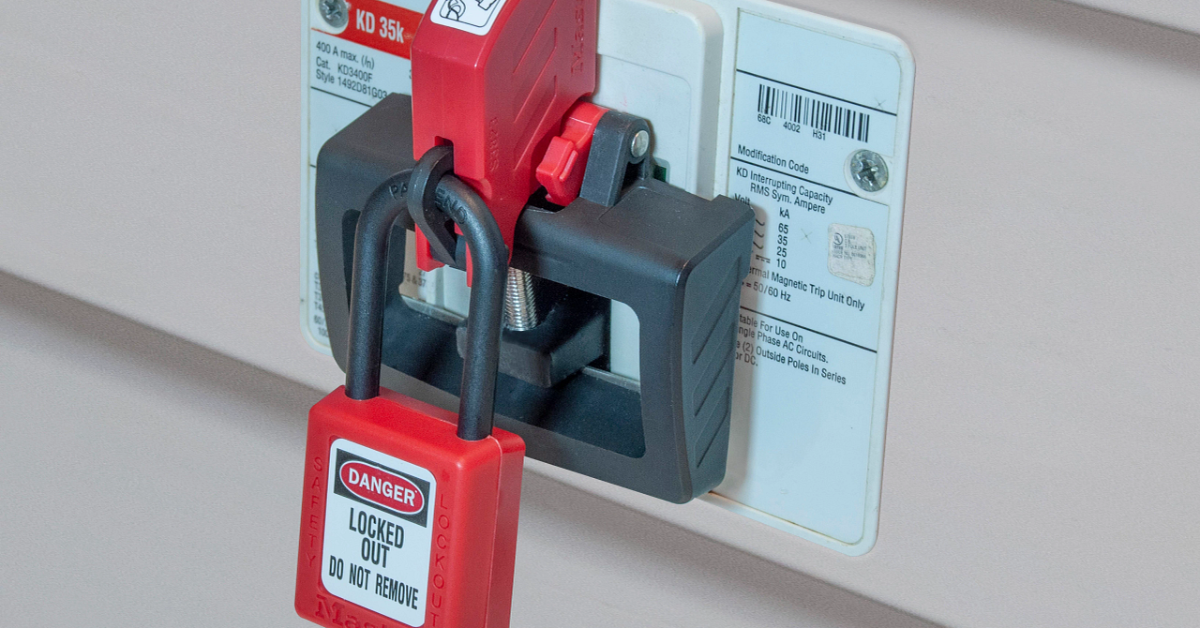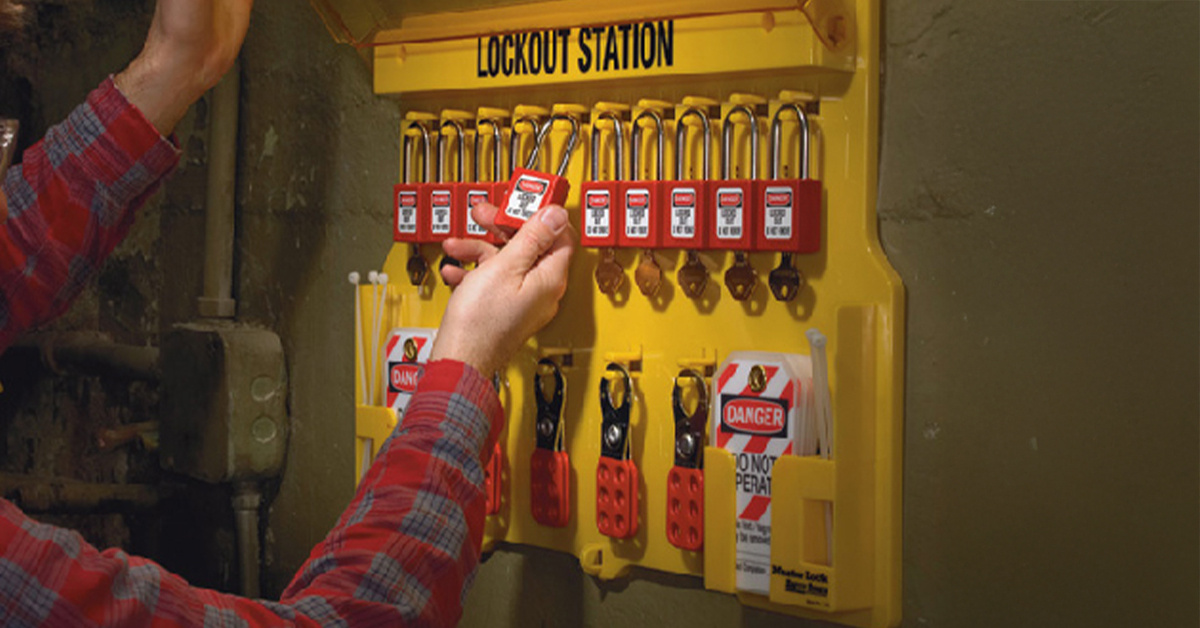Decentralising LOTO locations for compliance and efficiency
Manufacturers need to be confident that Lockout Tagout (LOTO) procedures are being followed on site, no exceptions. But compliance can be an issue,...
Impact protection gloves are designed for industries with a risk of hand impact injuries, including construction, mining, manufacturing, warehousing and automotive. These gloves are tested against a range of forces (e.g. cut, abrasion, heat, chemicals). Testing of gloves for ‘impact resistance’ involves a five-joule weight-drop test on common impact areas, such as the back of the hand.
Employers are obligated to take steps to provide hand impact protection where necessary, but not any old gloves will do! You need to ensure the impact gloves you use in your workplace are fit-for-purpose, high-quality and compliant with safety standards.
Impact protection gloves are designed to help protect the hands from bruising, fractures and other similar injuries. There are two international standards that are recognised and followed in Australia. These are:
While the impact test for the standards is similar, the standards do differ in a few ways. For example, testing for the American standard ANSI/ISEA 138 involves more impact areas – these being the back of the hand, fingers and thumbs. The European standard, EN388 involves weight tests to the back of the hand, but not the fingers. ANSI/ISEA 138 also provides more detailed information of the test results through its tiered rating system, which runs from Level 1 to Level 3. Level 3 is the top level of protection for high-energy impacts.
Both standards are relevant, it just depends on the context. EN388 offers a broader rating system and tests the knuckles along the back of the hand, which may be adequate for some workplace environments. ANSI/ISEA 138 allows for tailoring of the level of protection to a greater degree and additionally tests the fingers and thumb. This may suit higher-risk workplaces.
The standards for impact testing such as these have evolved over time, in turn affecting how protective gloves are made. As an example, the original European 2003 standard did not include impact testing. This testing was added to the standard in 2016, and AS/NZS 2161.3, which mirrors EN388, was developed in 2020. The American standard ANSI/ISEA 138 was introduced in 2019.
ATG® gloves provide excellent hand protection for a range of hazards. For example, the MaxiCut® Ultra™ 52-6745FI delivers ANSI/ISEA 138 Level 2 cushioning against impact forces, meeting the standards. Suitable for use with touchscreens, it also offers cut F protection, optimum grip and breathability for maximum comfort in dry environments.
.png?width=1000&height=350&name=Untitled%20design%20(22).png)
Jason Sheerin, Asia Pacific Business Unit Manager at ATG®, puts it simply:
“This helps ensure you get the best protection for your employees through gloves that are thoroughly tested and compliant.”
Blackwoods is proud to offer ATG gloves as part of our commitment to keeping Australian workers safe. As the country’s largest provider of industrial and safety equipment, we’ve got everything you need to protect your team. Talk to your local Blackwoods Technical Safety Specialist about ATG® gloves and how they can help reduce risk on your worksite. Protect your people with smarter PPE, because safety should never be left to chance.

.png)
Manufacturers need to be confident that Lockout Tagout (LOTO) procedures are being followed on site, no exceptions. But compliance can be an issue,...

From mining to construction and manufacturing, everyone knows that lockout tagout procedures are essential for worker safety. Yet how much...

Workers are at risk every time they service, repair or upgrade vital equipment on mine sites or at industrial plants. Identifying power sources, and...